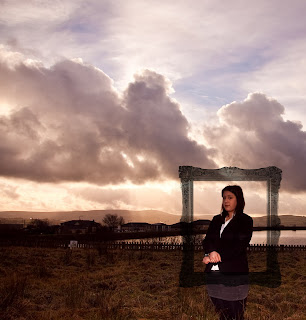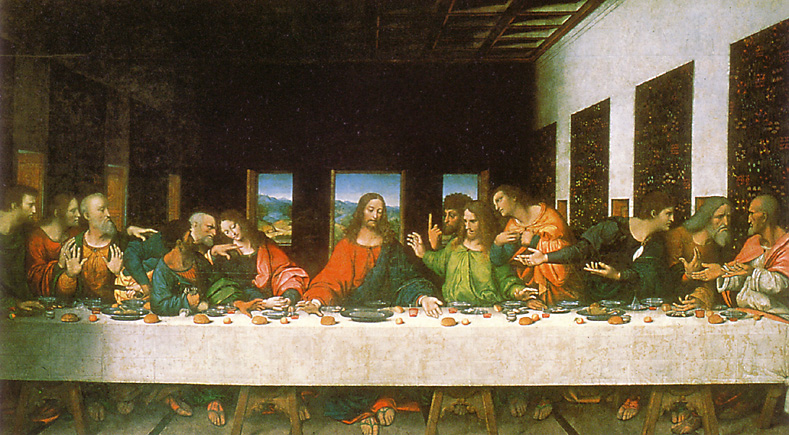There were many ideas that came to mind within the group. here is the the input on my behalf.
Reason of choice
Within graphic design and advertisement I belive that to have a succesfull logo or advertisement must be recognizable, stand out and make an impact on the viewer.. take the cadburys advert for example, wasnt 100 % relevant to the brand as there main product is chocolate, but their intention with the gorilla advert was to apeal to a wider audiance and create more of an 'entertainment peice' through advertising. I think that the most important thing through advertisment is to not be so direct with getting the message across. To let the brain work on relating the advert to what you are advertising. The more the viewer has to think about the advert, the more likely it is to stick in their memory .
So we decided use the idea of re-creating iconic images through art. Yes it has been done before but in a way works in our favour, as people become more and more familair with them. just using it in a completely diffrent contex.
Here are the iconic images I used as an exapmle .
The Thinker : Is a bronze and marble sculpture by Auguste Rodin held in the Musee Rodin in paris. It depicts a man in sober meditaion battleing with a powerful internal struggle. It is often used to represent philosphy.
The initial thought behind using this for the bloomberg advertisement was to represent strength and knowlage. which is two aspects of what they offer to clients.
the image below is the bloombetg interpretation of the thinker for advertisement purposes.
Image by Joanne Studholme
This was the outcome of the bloomberg interpretaion of the thinker. The window has been super imposed due to the writing on it, saying 'knowlage is power' as bloomberg tend to provide thier costomers with knowlage of business management. I have decreased the detail and blacked out the bottem of the image so that there was nothing interfiering with the bloomberg logo at the bottem and it stand out alot clearer, I also think that the window brings some bright and bold colours into the advert which works wel with another of bloombergs aspects. I have provided the original Bloomberg logo for recognition purposes and have chosen the bright orange color so that it stands out and catches the viewers eye. I have darkened each image at the bottom with a vignette so there is no confusion or interfirance with the logo. The only element of disatisfaction with this image is the redness and shadows on the modles face. Finished advertisement and original logo below.

Another idea was to Re- create the famous and iconic painting 'The Last Supper' by Leonardo da Vinci . My main inspiration for this idea was the photography work of David Lachepelle he had interperated a more contempary version of 'The Last Supper' through photography
So I thought why not interpret a more corprate version. There are also certain symbols of this painting which can realte to what Bloomberg stand has to offer, such a guidance, support, trust, and sharing knowledge. Here is another example of this this iconic image being used for fashion advertisment purposes by the Girbaud Fashion house. It isnt an exact replica but you can tell they have used 'The last supper as their main inspiration.

Below is the Bloomberg version of 'The Last Supper' for advertising purposes before the logo.
Photography by Donna Cradock.
And another with the Bloomberg logo. I decided to edit the picture as close to the painting as i could with the knowlage i have of Photoshop and Lightroom. I managed to use a fliter on Photoshop to give a slight grainy look to represent a painting feel. My involvement with this photography shoot was the art direction. I got an image of the original Last Supper and tried my hardest to get it as close as possible. bareing in mind we were short one person.
Another image we replicated was the Mona Lisa (below, idea credited to donna Cradock.) Again with the editing process i tried to make it look like the original painting. To me the mona lisa stands for power, strength. The painting is known to have a presence and again make an impact on her audience when viewing, in relation to Bloomberg making an impact on their clients who seek help.
I have used a preset that gives this effect (below) in Lightroom to match the greenish cast on the Mona Lisa painting. I increased the exposure on my face with the brush tool in Lighroom and edited my lip peircing out for the more cop-rate finish.
Photography by Donna cradock.
The only thing I would change about this image is to increase expose with the brush tool on my hands a little bit more.
Another iconic art piece that we have reinterpreted is The American Gothic. The edited image is below.
Photography by Joanne Studholme.
I did consider this photograph in black and white but decided to keep a color theme through out the editing process and enhance the color slightly. I though this was relevant to Bloomberg representing boldness.
As you can see this is the the finished advertisement based on The American Gothic I have kept the logo to the bottom of the image where the information is less relevant, also with the logo being at the of the bottom of the image, I felt like it needed to be a bit bigger to stand out. I have carried out this theme through out the advertisements.
Aditional ideas .
Here are a few of the additional ideas and examples of using iconic images through advertisement.

The Fleet Foxes have used this iconic painting called the Netherlandish Proverbs (also called the The Blue Cloak or The Topsy turvy World) for their album cover.
The Guinness advert
Guinness is another company whose advertisement has been influenced by iconic art.
below is the one of two oil paintings of the Tower of Bable by Pieter Bruegel ( the other showing more of the construction)
Guinness have used this in an advert which i have screen shotted below. See the relation to the screen shot and the Pieter Bruegel painting.














































-mona-lisa-(small).jpg) by Leonardo Da Vinci
by Leonardo Da Vinci












